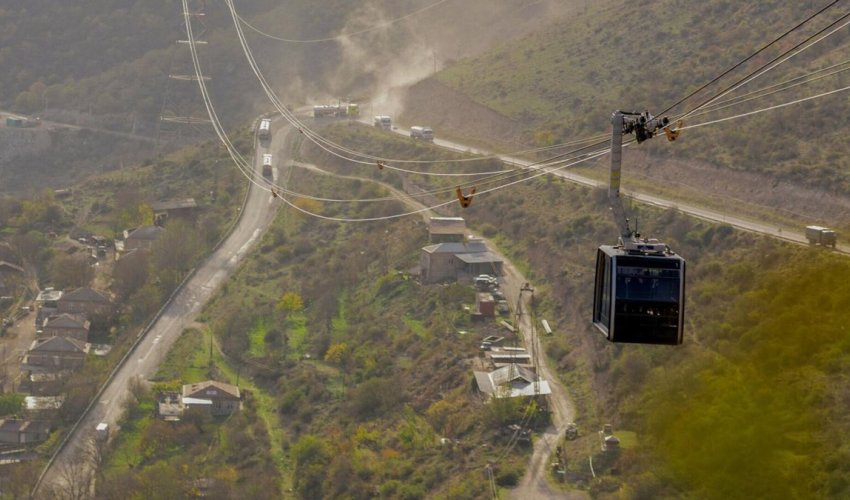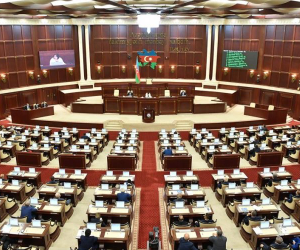Zangezur Corridor signals shift in South Caucasus transport map, weakens Moscow’s grip

he economic logic of the Zangezur Corridor, recently confirmed through U.S.-brokered Armenia-Azerbaijan agreements, points to a gradual reconfiguration of regional transport flows and a weakening of Russia’s dominance in the South Caucasus.
While no ready financial schemes or business models are in place, the corridor’s value lies in diversifying routes across Azerbaijan and Armenia for road, rail, and air shipments. This is part of a broader effort to build a multilayered transport network.
Despite tensions, Armenia formally notified Russia about the Washington accords via two diplomatic channels. Prime Minister Nikol Pashinyan spoke with Vladimir Putin and Foreign Minister Ararat Mirzoyan contacted Sergey Lavrov. Armenia appears to be distancing itself from the CSTO while staying in the Eurasian Economic Union and deepening economic ties with Kazakhstan.
Azerbaijan has cooled high-level contacts with Russia following a politically sensitive Azal air crash, though technical cooperation on logistics continues.
Russia, which invested heavily in the unblocking of regional routes, can no longer monopolize the process. The U.S. and other global actors are gaining influence in shaping new trade paths.
Future control of the Zangezur Corridor may shift to an international consortium. Reconstruction of Armenian railways is expected to begin next year, in parallel with Azerbaijan’s line to Agbend. Secondary projects like the Gazakh–Ijevan railway and the Kars–Nakhchivan road are also being discussed.
Iran’s parallel Araz Corridor and the Rasht–Astara railway to the Persian Gulf, backed by President Masoud Pezeshkian, add strategic depth to the competition.
Analysts say Russia now faces a challenge not only to retain geopolitical presence, but also to remain competitive in a multipolar logistical environment.
N.Tebrizli




































 Photo
Photo 



 Video
Video 

